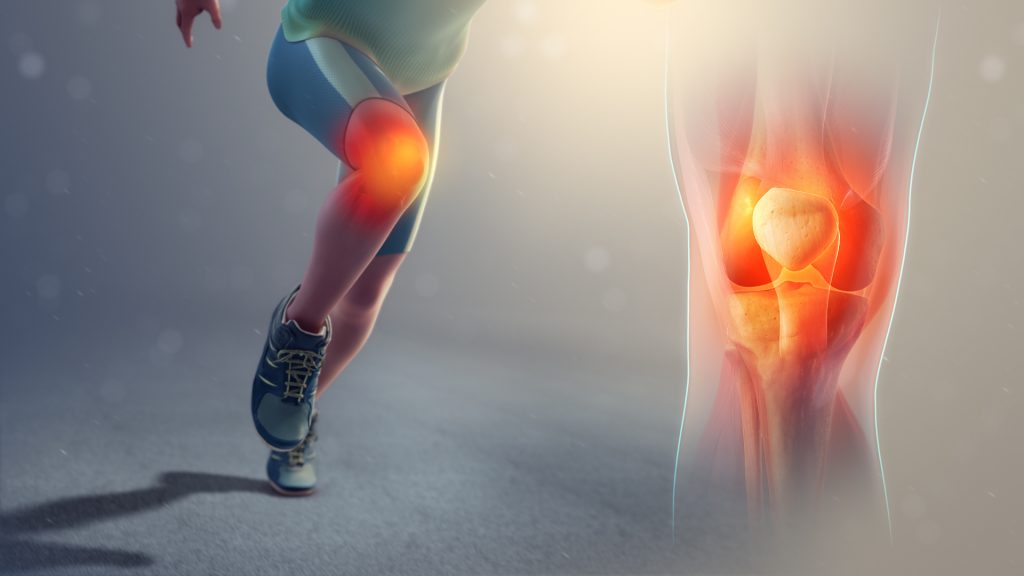How To Prevent Knee Injuries When Working Out
Working out has several health benefits including boosting your mood, reducing your risk for cardiovascular diseases, improving your memory, and promoting better sleep. Plus, it helps trim down your excess weight so you can stay fit. But just like any other physical activity, you need to take some safety measures to prevent any injury.
General exercise accounts for 16.3% of sports and recreational related injuries which makes it significantly higher than contact sports like football and basketball.
Whether it has something to do with your posture and lifting technique or your use of gym equipment and machines, you can incorporate a variety of safety measures to minimize your risk of sustaining knee injuries.
Common Types of Knee Injuries
Jumper’s knee. This happens when the cord-like tissue that connects the kneecap to the shin bone becomes irritated mostly due to overuse. Doing constant jumping, squatting or changing directions increase your risk of this injury.
ACL tears. This involves the tearing of one of the major ligaments found in your knee. Similar to jumper’s knee, this injury occurs when you suddenly stop, land from a jump awkwardly or change direction too quickly. You can hear a loud popping sensation when the ligament tears.
Patellar dislocation. This happens when the patella, otherwise known as the kneecap, slips out from its normal position, leading to painful swelling and deformity. Never attempt to pop back a dislocated patella because this technique requires medical expertise.
Patellofemoral syndrome. This characterized by pain in front of the knee and around the kneecap. Aside from overuse and injury, it may also be caused by excess weight. You might experience pain when squatting and sometimes your knee may give way.
Iliotibial band syndrome. The iliotibial band is a ligament that runs along the lateral side of the thigh from the hip to the shin. The iliotibial band syndrome can happen if you spend too much time on the treadmill while wearing worn-out shoes. It can also occur if you don’t stretch prior to your workout.
How To Prevent Knee Injuries
Stretch before and after exercising. When you warm-up, you’re preparing your body by loosening stiff and cold muscles and joints. Likewise, spend the last few minutes of your workout by cooling down.
Try to avoid workouts that put stress on your knees. If you’re planning to increase the intensity of your exercise and incorporate moves like squats, do it gradually. The same thing goes for the duration and frequency. You’re still building up your endurance and strength, so take it slow.
Don’t use worn-out footwear. If they start to lose their shape, they might no longer provide good support.
If you have a history of knee injuries, you might want to check first with your doctor and ask for recommendations. Inform him of what types of exercises you’re planning to do or what gym equipment you want to use.
Mix your workout routines. Exercising the same set of muscles every single day will not only leave out other muscle groups but also increase your likelihood of sustaining injuries because of overuse.
Take it easy. The moment you feel pain or any discomfort, stop your exercise. After a period of inactivity, ease your way in again. Treat it like the first time you ever worked out and go slow.
Don’t exercise on an empty or full stomach. Eat a small meal at least two hours before and another snack an hour after your workout.
Follow the 8-ounce rule when it comes to water, sports drink or any fluids. Drink 8 ounces 30 minutes before the workout, another 8 ounces every 10-20 minutes during the exercise, and 8 ounces 30 minutes after the workout.
Invest in high-quality workout gear. Don’t skimp on shoes and braces as these will serve as protective equipment.
Ask for help from gym instructors if using the equipment for the first time.
Focus on your workout especially when lifting weights. Any inattention might cause your ankle to twist or your knees to hyperextend.
Learn the proper way to do your workout routines. Having the right posture, form, and technique can avoid unnecessary knee stress.
What To Do In Case Of Injury
In case of a knee injury, you can do the following as first aid treatment:
Rest and protect the affected knee.
Ice for not more than 20 minutes.
Compress and immobilize using a clean bandage.
Elevate the leg to prevent swelling.
Whether your injury worsens or not, you need to see your doctor to determine the exact injury and its severity. While there are factors that can increase your risk of sustaining knee injuries, most of these are preventable.
